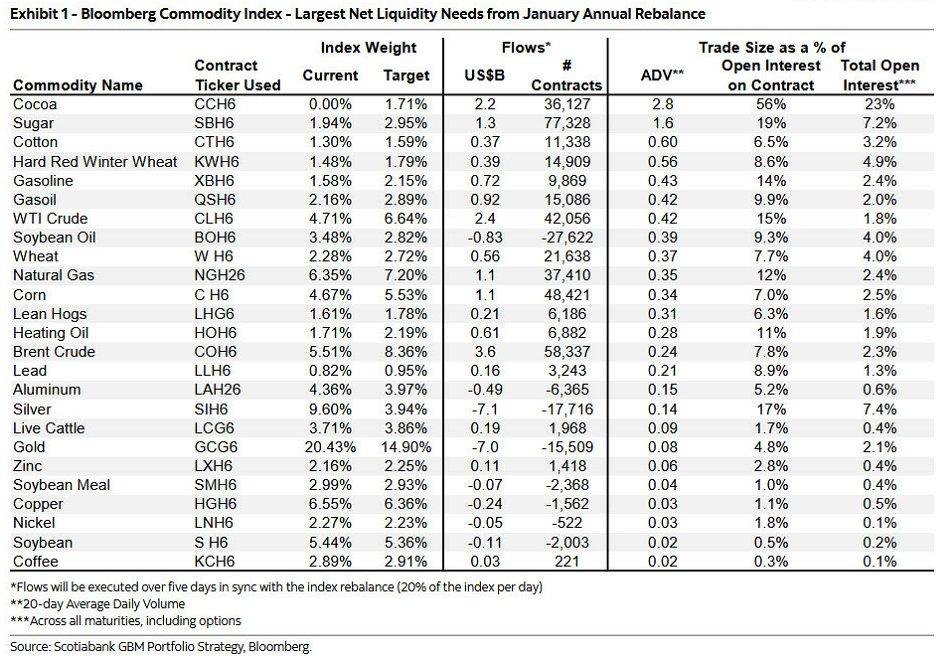I recently had the opportunity to attend a homeschool resource fair at a small local school for the arts in my hometown. Every classroom and corridor was filled with tables covered in information about homeschool co-ops, clubs, private classes and teachers. Everything from ballet to robotics, art, woodworking, and every conceivable academic approach were represented by eager adults, excited to share their particular interest and expertise, and most of it free.
The incredible diversity within the homeschool community is astounding—a feast for the eyes and intellect. It is such a contrast to the uniformity of the government school offerings. If I’ve learned anything in my sixteen years of homeschooling, it’s that one size does not fit all. While the basic information to be conveyed remains constant—reading, writing, math, science—the way each child processes that information, as well as what age their cognitive development can handle the information, varies. Real learning is much more organic, requires time and thought, and freedom to discuss the ideas being presented in order to let them sink in. The way the government schools get around this fact is with the now ubiquitous IEP.
The IEP—or Individual Education Plan—was first introduced in 1975 when, after the Education for All Handicapped Children Act was put into place, disabled children were given the right to attend public schools. Prior to this, handicapped children were not allowed to attend. The IEP evolved in 1986 to include early intervention for preschoolers, and later in 1990, the IEP took on an even greater importance and was developed with parental input. With the addition of No Child Left Behind, the IEP took on an even greater importance along with early intervention. The goal was to throw a wide net that included, not only the disabled, but also the under-served. The under-served, in this case, was also supported by the Child Find requirement, which empowers educators to seek out children with disabilities who are homeless, wards of the state, or in otherwise difficult circumstances that would make it hard for them to receive care.
As of 2023, roughly 15 percent of all public school students receive special education requiring an IEP. The incentive for getting a disability diagnosis for your child is clear—with a diagnosis, your child is eligible for any number of services that are unavailable to an undiagnosed kid. For example, a diagnosis of ADHD results in special accommodations in the classroom, such as a personal aide, more time for test taking, as well as instruction tailored specifically to the child to best ensure his success. In this way, educators undermine their own system, which assumes a one-size-fits-all approach, by pathologizing individual variances in learning in order to allow for them. While learning disabilities do exist, individual variances in learning are not pathological and should not be labeled so.
Diagnostic labels given to children follow them into adulthood and are often internalized as a negative aspect of their sense of self. Labeling children is broadly seen as a negative thing. An educational system that labels children in order to teach in a way that works for each child is harmful to those children in the long term. A disability label is, in itself, disabling when it sees one way of learning as a means to success.
Kids who are not especially adept at academics would benefit from other forms of learning and training that are more in line with their particular aptitude and interests. Specialization of this kind could begin much earlier than what is typical in our current educational system, and accommodate all capabilities. Furthermore, most teens are ready to go deep and master their innate talents rather than sit in a classroom-sized box all day. John Taylor Gatto pointed out in his book Dumbing Us Down: The Hidden Curriculum of Compulsory Schooling:
It is absurd and anti-life to be a part of a system that compels you to sit in confinement with people of exactly the same age and social class. That system effectively cuts you off from the immense diversity of life and the synergy of variety.
The purpose of the education system is to provide a basic body of knowledge within reading, literature, math, and the sciences. However, the true purpose of a system is what it actually does. The education system’s real purpose is its unstated one, as Gatto points out, “every institution’s unstated first goal is to survive and grow, not to undertake the mission it has nominally staked out for itself.” The education system has expanded into “an institution for the protection of teachers, not students.” Murray Rothbard noted in his monograph, Education Free and Compulsory:
Since each person is a unique individual, it is clear that the best type of formal instruction is that type which is suited to his own particular individuality. Each child has different intelligence, aptitudes, and interests. Therefore, the best choice of pace, timing, variety, and manner, and of the courses of instruction will differ widely from one child to another.
Currently, the best way to accomplish this is by homeschooling. Taking on your child’s formal education can feel like an intimating, monumental task, both time-wise as well as intellectually and emotionally. In truth, as parents, we are already educating our children each and every day simply by being with them and teaching them about the world.
As the time for formal education approaches, you can be certain of an incredible amount of support within the homeschool community. It’s not something one has to do alone. The specialization that flourishes when there is liberty is joyfully on display with homeschoolers. In fact, diversity of interest is both encouraged and valued in this community, and specialization often happens in the teens years giving a sense of purpose and value in the real world. Rather than trying to convince those in charge of the education system that your child needs an IEP, you can give them one yourself, without the toxic label, and tailor their education to exactly what they need.
Full story here Are you the author? Previous post See more for Next postTags: Featured,newsletter

























